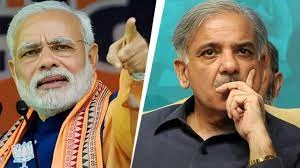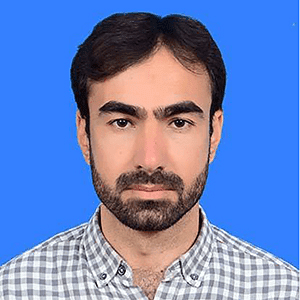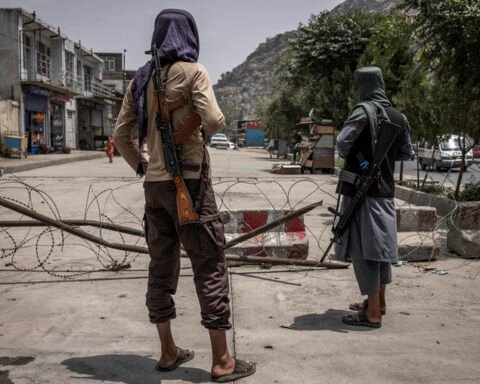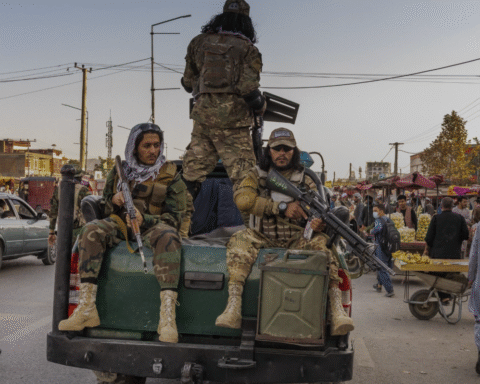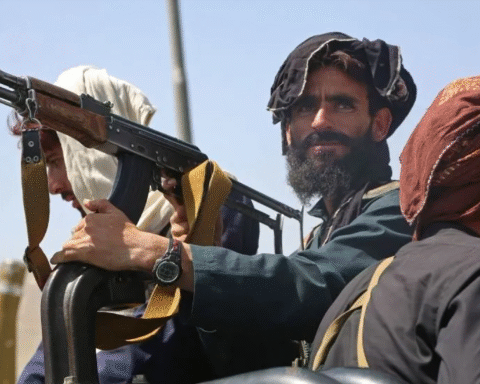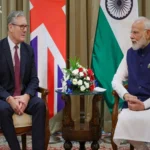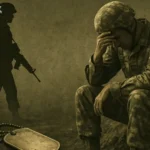The connection of the huge Rs 21,000 crore heroin seizure at the Mundra port in Gujarat and the terror attack at Pahalgam in Jammu and Kashmir disclosed by the National Investigation Agency (NIA) is a dire juncture of drug trade and cross border terrorism. The NIA in a submission to the Supreme Court of India mentioned specifically that the Lashkar-e-Taiba (LeT), Pakistan based terrorist outfit and the Inter-Services Intelligence (ISI), Pakistan military intelligence wing was connected with this high value drug seizure. Suggesting that the 3,000 kg of heroin that was seized by the authorities at the Mundra port is not just a drug smuggling incident the NIA proposed that it was a part of the strategic plan of showing nacre terrorism planned by let with the support of the deep state in Pakistan. In stating this NIA is not only unearthing a network of international crime syndicate of epic proportions, but it is also bringing to the limelight the chalky underbelly of illicit state sponsored terrorism, international smuggling and even psychological warfare intended on eating away at India itself not to mention other countries as well.
This is not just a seizure of some drugs worth crores of rupees (the value is a whopping 21,000 crores or roughly 2.5 billion dollars), this is one of the biggest ever seizures made in the history of India and definitely one of the biggest seizures made in the whole world. This took place in the port of Mundra in Gujarat and as the port where this took place has become an important point in the international maritime trade, it provides an important target to the transnational criminal syndicates to exploit. This consignment of drug was sneaked into India on the pretext of semi processed talc stones under the name of Afghanistan through Iran and later to the harbor of Mundra as reported by the NIA. The shaky narcotics business in Afghanistan, especially opium and heroin trade, has been known to support a number of militant groups and the LeT use of this channel fits reinforcing the activities of terror financing.
The Pahalgam attack whose perpetration could be most easily attributed to the LeT agents, was not only the attack on individual lives but an attack on country morale and security. The NIA by linking this terror act to the drug consignment is implying that the sale proceeds of drugs directly are feeding terror planning, execution and logistics of such activities. Even worse it creates a precedent that each gram of heroin sold in the streets of India could be paying to buy bullets, bombs and bloodshed in Kashmir and other places. Not merely terrorism of guns and grenades but a much more sinister kind of its economy, psychological and biochemical war combined.
There are long term ramifications in the submission made by the NIA to the Supreme Court. To start with it brings into serious doubt the security levels of ports, customs control and inter agency coordination at national points of entry. When there is possible entry of thousands of kilograms of a prohibited substance into the territory of India under fraudulent documents could there be any other form of contraband goods such as firearms, explosives and illicit currency that would go through the same loopholes. Second it increases the requirement of a more nationwide strategy that is not limited to anti-terror tactics in Kashmir or Punjab but includes profound surveillance and enforcement in the ports on seas, special economic zones and places of international trade. This becomes especially critical in the light of India as a strategic initiative to achieve a place in international maritime power and global logistic hub.
The role the ISI might have played as reflected by the NIA is a confirmation to the earlier stand the Indians took that the Pakistani military intelligence agency is still very much entangled in perpetuating the action of the terrorists. This model affords the plausible deniability of opium flow through Iranian and Pakistani transit zones to India with commercial ports to deliver heroin into the market. To deliver strategic goals this model ties investment in terror financing, harassing health, saturating law enforcement and causing domestic anarchy. It is also a political tactic that helps internationalize the conflict drawing in regional players to it such as Iran, Afghanistan and the United Arab Emirates whose shipping routes and financial institutions are unwittingly recruited into supporting the terror economy.
These syndicates are basically conducting a psychological war by bombarding Indian markets with cheap and addictive drugs to win that war. Each one of the addicts produced is a life thrown away a family destroyed, a community debilitated. Drug abuse among youngsters became a matter of rising concern in Kashmir, Punjab and some sections of Maharashtra and these days in even places like Delhi and Bengaluru. In a scenario where these addictions are being fed as an act of national sabotage it brings a cold shade in the national security discourse of India.
With this revelation the Indian government will be put under serious pressure to be decisively and comprehensively actionable. In addition to beefing up security coverage in ports, demands will be made of greater coordination between the Narcotics Control Bureau (NCB), the Intelligence Bureau (IB), Research and Analysis Wing (RAW) and state level Anti-Terrorism Squads (ATS). The processes of maritime policing, container scanning technology, and customs intelligence will require restructures urgently. India too, diplomatically, can increase its mis livings with Iran and Afghanistan should their shipping companies, custom agents or trucking companies turn out complicit whether willingly or otherwise, in this network. At the same time, India has an option of going to global bodies like the Financial Action Task Force (FATF) and the United Nations Office on Drugs and Crime (UNODC) to explain to them how it is being targeted by the state sponsored nacre terrorists against it and act accordingly to hold Pakistan accountable.
Groups dealing with addiction recovery, students unions, parent-teacher associations and religious organizations should be brought on board to establish awareness and community opposition to this kind of sabotage. Schools and colleges need to be provided with mechanisms to teach the students not only about the dangers of drugs, but also about the geopolitics about their decisions. To sum up the revelation of the NIA that investigates the links between the terror attack in Pahalgam and the seizure of heroin that cost India Rs 21,000 crores is a wakeup call regarding a radical change in the Indian views of national safety. It no longer stays within the boundaries and the war zones but it also extends to the harbors, drug stores, university campuses and sitting rooms. Such a nacre terrorism direction used by Pakistan supported groups is a developed and powerful type of hybrid warfare attack that combines a desire to attack the physical security of India and the unity of the population. This is war and it is war not fought with uniform or tank but it is equally deadly. With the country grapples with this dark truth the country needs more than just a tighter law enforcement or better police, what is essential is a response to this truth that cuts across the entire society. India needs to put up a full-blown opposition in terms of diplomacy and defense, education and rehabilitation among others. Since no citizen is left out in this war, he/she is a prospective victim and also needed to be a defender.

